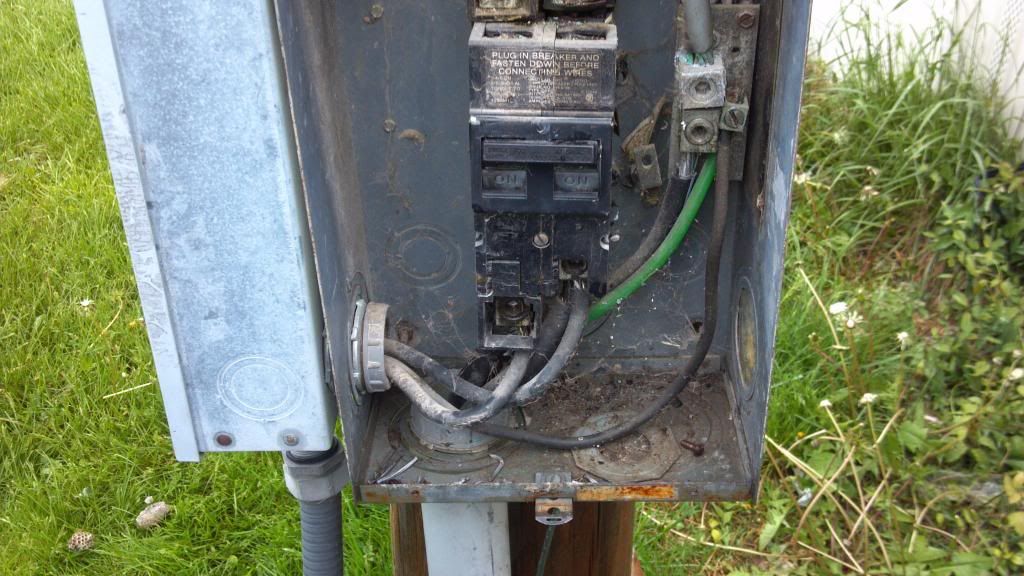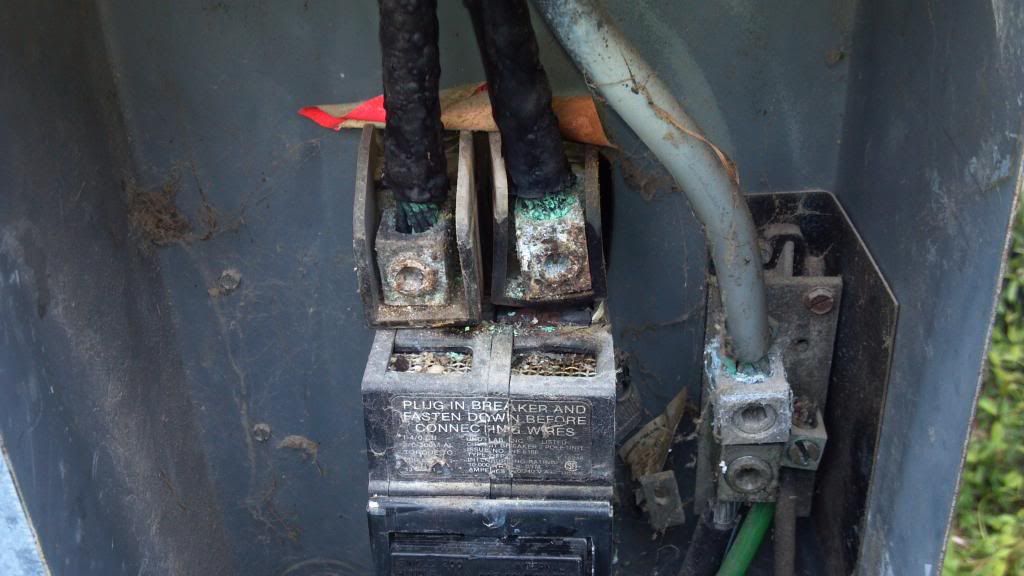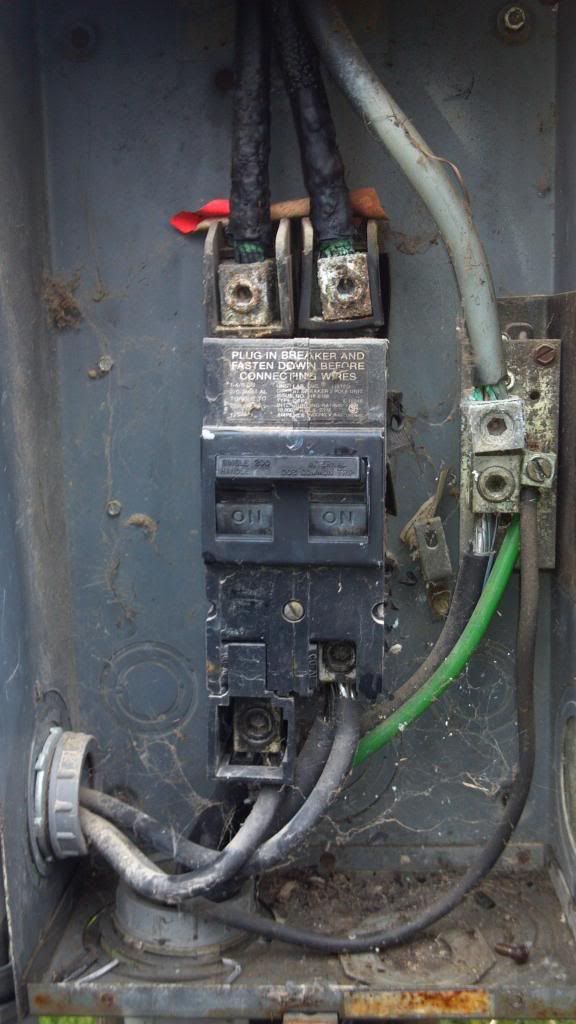Jimmyboy
Member
- Location
- Dutchess County, NY United States
I recently took on a 150 lot mobile home park, as an account. In November, a mobile home burned to the ground, because the Central A/C line was under the 100 amp main breaker (in the mobile home), and not on a DP 30. The line became damaged and could not trip the DP 100, so it just melted and caused fire. The park owner is now mandating that ALL tenants have their panels inspected (by me), to make sure that this is not the case in other homes. I have found 4 other homes that the A/C line is feed from the lugs on the main breaker, before it goes to the A/C disconnect outdoors. Is this code compliant, and where can I find it in the code book? I know there is a "tap on" rule, but not sure if applies to this scenario. It is my belief that there shall be ONE conductor under each lug, NOT a #2 and #10. PLEASE help me clarify this. Thanks in advance!




